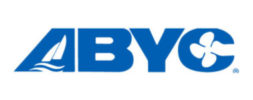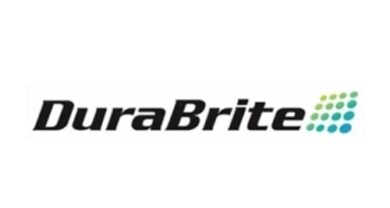Yamaha looks forward
The growing popularity of 4-stroke engines will continue, as will their increasing dominance in the outboard motor marketplace. And the biggest near-term challenge faced by the Yamaha Marine Group will be to try and meet the increased consumer demand for those products.
Company officials shared their thoughts on that subject and many others during Yamaha Marine’s press preview event held in May at the Beau Rivage Resort in Biloxi, Miss.
During an address to the assembled media on the opening evening of the two-day event, Yamaha Marine Group President Phil Dyskow said the trend toward 4-strokes would be “even more aggressive than our previous estimate.”
“By the model-year 2007, just two years from today, we believe the 4-stroke segment will exceed 80 percent,” Dyskow said. “We think the carbureted 2-stroke segment will be less than 5 percent. We think [the 2-stroke direct injection segment] is going to end up in that 10 to 12 percent range.”
David Grigsby, Yamaha’s outboard product and training manager, said the company will have 82 engine models in its 2006 lineup, with 57 of those being 4-strokes and another 12 that are high-pressure direct injection models.
Dyskow said Yamaha will “definitely have a growth year” that is going to be fueled by the increased demand for 4-strokes. He also pointed to several favorable economic indicators, including positive consumer confidence and unemployment numbers, as well as encouraging gross domestic product information.
Yamaha is forecasting growth in GDP to be about 3.5 percent this year and for the next two years as well. Dyskow said past experience has shown that the boating industry has a growth year in any year the GDP grows by 2 percent or more.
He believes the big challenge his company, and the outboard manufacturing segment in general, must face, will come in trying to produce enough 4-strokes to meet consumer demand.
“The industry doesn’t have an overall capacity issue, and Yamaha doesn’t have a capacity issue,” Dyskow said. “We have the capacity to build all the outboards we need. We have a mix issue. We can’t build enough 4-strokes, in a timely manner, to meet the customer’s demand.”
Dyskow said Yamaha has a three-part plan to combat the problem. In the short-term, the company will concentrate on maximizing production in the three categories Dyskow said are most in demand — 75-90 hp models, 115 and 150 hp models and 200-250 hp models.
The short-term period will run through March of 2006, when Yamaha’s agreement to supply mid-range powerheads to Mercury comes to an end. As it does, Yamaha’s mid-term strategy — to convert that capacity to 4-stroke production as well — would begin.
The company’s long-term strategy is embodied in the 220,000-sq.-ft. die-casting and machining facility Yamaha recently completed in Japan.
“It doesn’t increase our capacity overall, because we don’t need to, it increases our flexibility to build more 4-strokes,” Dyskow said. “That’s the bottleneck in modern production, is some of these complex 4-stroke components.”




